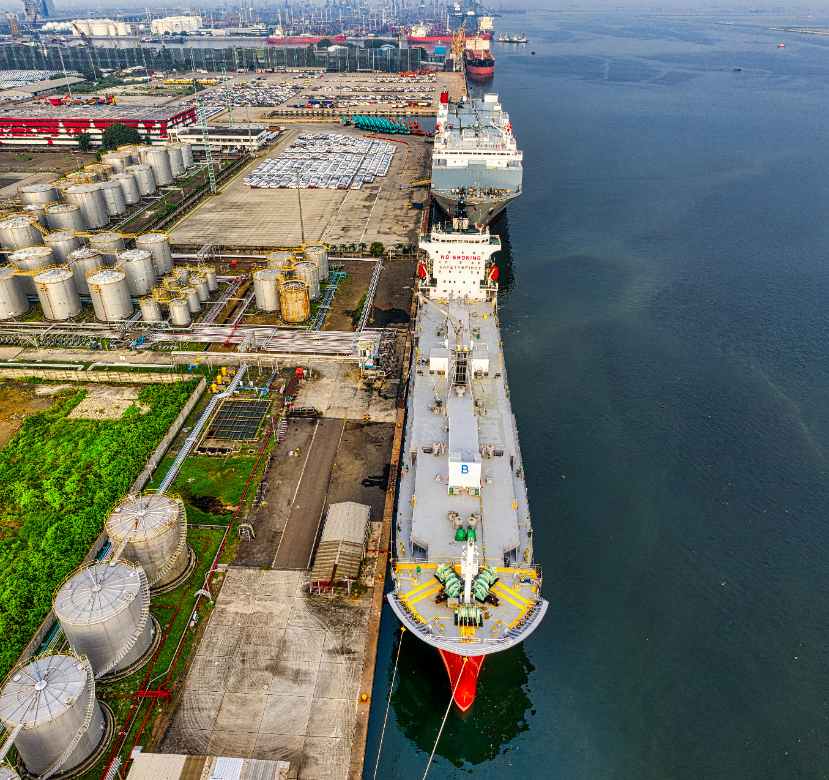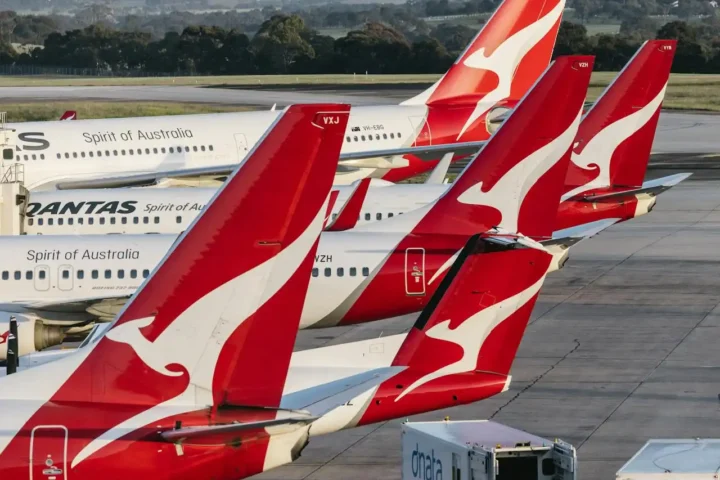Australia’s 33% Luxury Car Tax (LCT) might finally face the axe as part of revitalized EU–Australia trade negotiations. This decades‑old tax, which hits vehicles priced above $80,567 (or $91,387 for low‑emission models), has outlived its original purpose of protecting domestic manufacturers that stopped production back in 2017.
Tax Origins and Current Impact
The LCT was born in July 2001, slapping a 33% levy on cars exceeding set price thresholds. Initially designed as a protective measure for premium Holden and Ford models against imported competitors, the tax now affects many mainstream family SUVs including Toyota Prados, Hyundai Paladises, and Nissan Patrols.
For buyers, this translates to real dollars: a $100,000 SUV currently attracts approximately $6,000 in luxury car tax on top of other charges. Removing the tax could save thousands per purchase while eliminating between $1.2 billion–$5.2 billion in annual government revenue.
Trade Deal Bargaining Chip
Prime Minister Albanese has reportedly offered to scrap both the LCT and the 5% vehicle import duty if Europe grants improved market access for Australian beef, dairy, sugar, and other agricultural exports to its 450 million consumers. This forms part of a broader trade diversification strategy alongside talks with India and efforts to mitigate U.S. tariffs.
The EU–Australia Free Trade Agreement negotiations stalled in 2023 over various issues including geographic indicators for products like “feta” and “prosecco.” The LCT abolition represents significant leverage in restarting these talks.
Similar Posts
Recent Legislative Changes
While abolition looms as a possibility, the tax framework continues to evolve. From July 1, 2025, the Treasury Laws Amendment (Tax Incentives and Integrity) Act 2025 will make two key changes:
- Reduce the maximum fuel‑efficient threshold from 7 L/100 km to a much tighter 3.5 L/100 km, affecting which vehicles qualify for the higher threshold
- Index both the general ($80,567) and fuel‑efficient ($91,387) thresholds annually to CPI
These reforms coincide with the introduction of Australia’s New Vehicle Efficiency Standard (NVES), which sets mandatory CO₂ targets per manufacturer. The NVES will levy fines for averages above the limit and grant credits for EV and low‑emission sales.
Industry Position
The Federal Chamber of Automotive Industries (FCAI) has consistently advocated for zero vehicle tariffs and LCT abolition under any comprehensive FTA. In its 2025 submission, the organization argued these measures are crucial to stem factory closures and restore competitiveness against surging Chinese EV imports.
Similarly, the European Automobile Manufacturers’ Association (ACEA) has urged elimination of Australia’s LCT as the principal non‑tariff barrier to EU auto exports, warning that surging Chinese EV market share necessitates urgent action.
Revenue Replacement Options
If the tax disappears, how might the government fill the budget hole? Proposals include:
- Technology‑neutral, distance‑based road‑user charging (requiring 12–18 months of state‑federal coordination)
- Carbon‑based levies on high‑emission vehicles, similar to New Zealand’s emissions‑aligned feebate model
Environmental Considerations
Eliminating the LCT removes a price‑based disincentive on higher‑emission vehicles. While the NVES framework partially offsets this by penalizing CO₂‑heavy fleets, experts argue a dedicated emissions‑based vehicle tax would better align with net‑zero goals and more directly incentivize EV adoption.

Political Perspectives
The potential repeal has sparked political debate. Nationals Senator Matt Canavan has warned that removing the LCT primarily benefits wealthier buyers, while Agriculture Minister Murray Watt and the National Farmers’ Federation support the move for its potential benefits to rural exporters.
The tax reform challenge requires carefully phasing out the LCT to avoid market disruptions while replacing lost revenue with equitable, emissions‑aligned charges that work within the new NVES framework. The outcome will impact everything from dealership pricing strategies to rural export opportunities and Australia’s emissions reduction pathway.


















